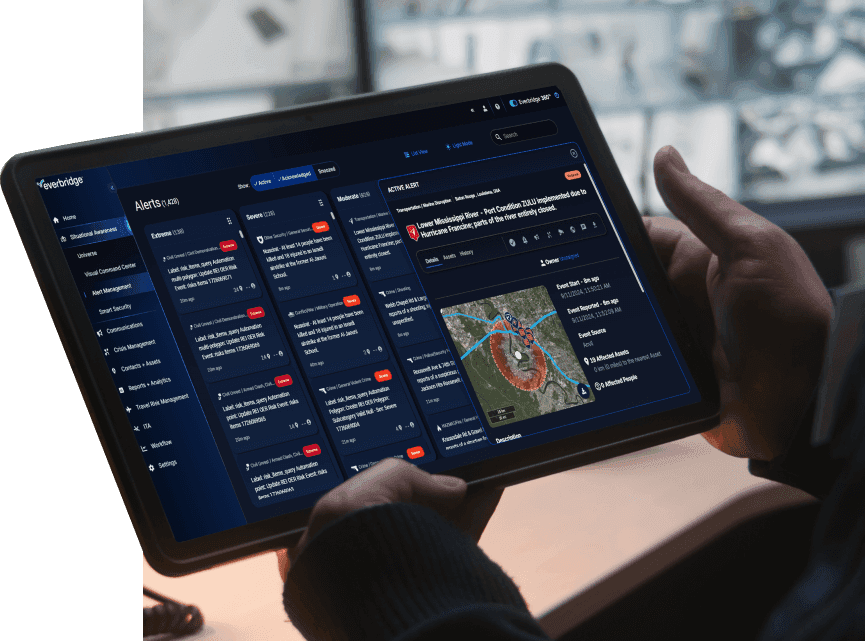Resilience isn’t just about bouncing back. It’s about staying ready in the face of constant change. We spoke with Sheila Carpenter, CIO at Everbridge, about what it really takes to lead IT teams through complexity, risk, and disruption. Her perspective is grounded, practical, and shaped by years of real-world experience.
1. What does IT resilience really mean today and how has your view of it evolved?
For me, resilience is about keeping systems running and teams aligned when the unexpected happens. That’s the obvious part. But what’s evolved is how we think about when the unexpected happens. It’s not occasional anymore. It’s constant – whether it’s cyber threats, outages, vendor issues, or even internal change.
So resilience isn’t just about recovery. It’s about adaptability. It’s the ability to respond with speed and clarity, minimize disruption, and learn something each time that makes you stronger for the next one. That mindset has to live in both your technology stack and your team culture. You can’t build it overnight, but you can get better at it over time.
2. What’s the biggest challenge CIOs are facing right now when it comes to resilience?
The hardest part is complexity. There are more systems, more integrations, more dependencies – and fewer clear lines of control. You’re responsible for the whole picture, but a lot of the pieces are owned by someone else: a cloud provider, a SaaS vendor, a third-party service.
You can’t just think about your own environment. You have to think about how everything fits together and what happens when any one piece breaks. That requires better visibility, better coordination, and a lot of upfront planning. It’s not glamorous work, but it’s the foundation of resilience.
3. What role does leadership play in building a culture of resilience?
Leadership sets the tone. If you treat resilience like a compliance checkbox, that’s how the rest of the organization will see it. But if you treat it as part of how you protect your people, your customers, and your mission, it becomes a priority.
For me, it’s about making sure teams know their role in the bigger picture. It’s also about encouraging the right kind of risk-taking – trying new things, testing systems, running drills – so that resilience becomes a habit, not just a response.
And when something does go wrong, how leaders respond matters. If you’re calm, clear, and focused on learning, that builds trust. And trust is what holds everything together when the pressure’s on.
4. Can innovation and resilience exist side by side?
Yes, but only if you plan for it. Innovation that skips over resilience becomes brittle. That’s especially true when rolling out new technologies. You can move fast, but you still have to ask the hard questions: What happens if this fails? How do we recover? Who needs to be involved?
In my experience, the best teams are the ones that bake resilience into the design phase. They test early. They build in monitoring. They have a response plan ready. That doesn’t slow down innovation, it protects it.
5. What advice would you give to IT leaders just getting started on their resilience journey?
Start small and be honest about where your biggest risks are. You don’t need a massive overhaul on day one. Look at your most critical systems. Where are you exposed? What would cause the most disruption?
Then build some muscle memory. Run a tabletop exercise. Automate a manual failover. Document a process that’s currently informal. Every small step makes a difference.
And keep the momentum going. Resilience is never “done.” It’s a mindset you build over time with people, process, and technology.


